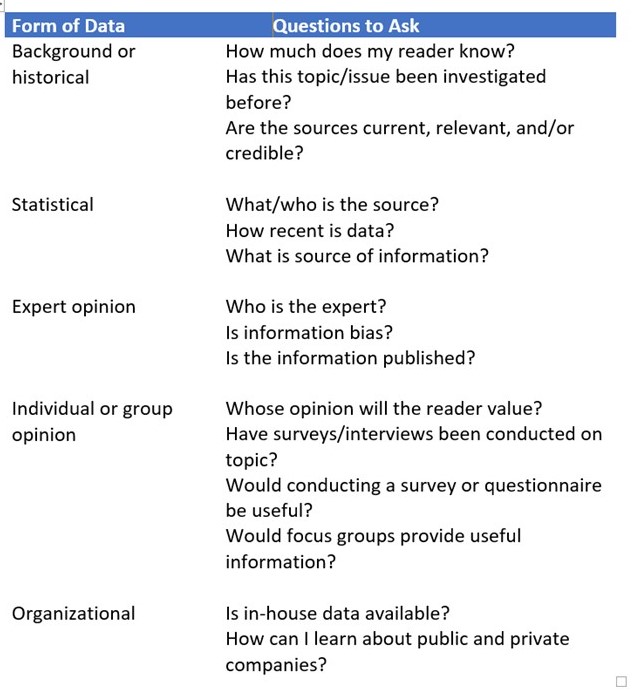Unit 48: Report Type and Function: Formal Report
Learning Objectives
 After studying this unit, you will be able to understand the function of a formal report.
After studying this unit, you will be able to understand the function of a formal report.
Introduction
A formal report is a document that analyzes information, determines conclusions, and offers recommendations to solve problems. Formal reports are the result of the gathering and analysis of large amounts of data. This data is then presented to decision makers in business, industry, and government to aid in the process of making important decisions. Formal reports are longer (10+ pages) and are therefore also referred to as long reports. Long reports have a more formal tone, tackle complex and challenging topics, and are almost always analytical in nature. Similar to informal reports, formal reports are also organized into sections and utilize headings and subheadings to help readers access information. The following video provides and comprehensive overview of the long report.
Conducting Research
An informal report may be written without including any research. However, the same cannot be said of the formal report. Because of the scope and complexity of formal reports, there is a need for in-depth and extensive data research and analysis. Collecting research is a critical part of writing the formal report. The conclusions made and the recommendations that follow should be based on facts, statistics, expert knowledge and other forms of information. Thus, collecting credible, up-to-date, and reliable information is a critical part of writing a formal report. Given the easy access to research databases, the internet, and other sources of digitized information, collecting information is nearly effortless today.
Table 48.1: Types of Report Data

Knowledge Check
Documentation
Whenever research based on other people’s work is included in a report, credit must be given to that work. This is called documentation. Proper documentation adds credibility to the information presented in a report and protects the writer against charges of plagiarism. Famous historians, high-level journalists, politicians, and educators have suffered grave consequences for not providing the required documentation.
To add clarity to writing and avoid charges of plagiarism, document the following:
- another person’s ideas, opinions, examples, or theory
- Any facts, statistics, graphs, and drawings that are not common knowledge
- Quotations or another person’s actual spoken or written words
- Paraphrases of another person’s spoken or written words
- Visuals, images, and any kind of electronic media
Refer to Chapter 6 for a full overview of documentation.
Knowledge Check
References
GreggLearning. (2019). Writing long reports [Video]. Youtube. Retrieved from https://www.youtube.com/watch?v=szFDwdS-D8k
Guffey, M., Loewry, D., & Griffin, E. (2019). Business communication: Process and product (6th ed.). Toronto, ON: Nelson Education. Retrieved from http://www.cengage.com/cgi-wadsworth/course_products_wp.pl?fid=M20b&product_isbn_issn=9780176531393&template=NELSON
Meyer, C. (2017). Communicating for results (4th ed.). Don Mills, ON: Oxford University Press. Retrieved from https://oup-arc.com/access/meyer-4e-student-resources#tag_case-studies

